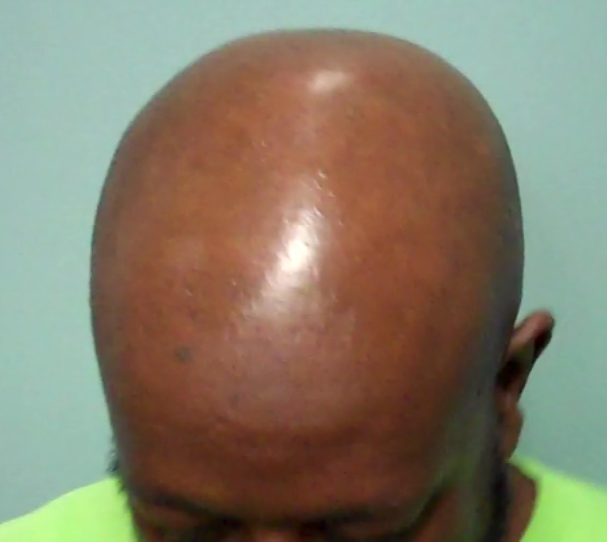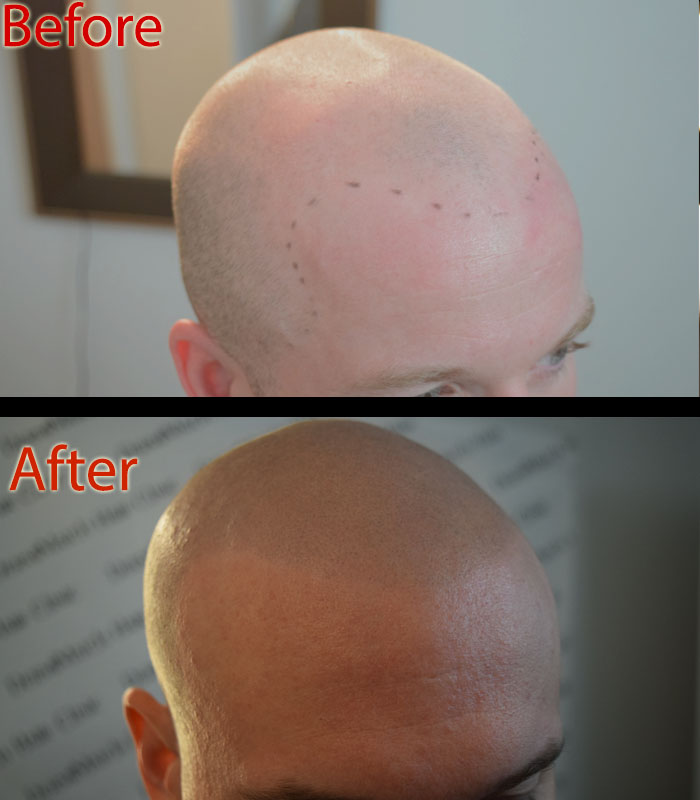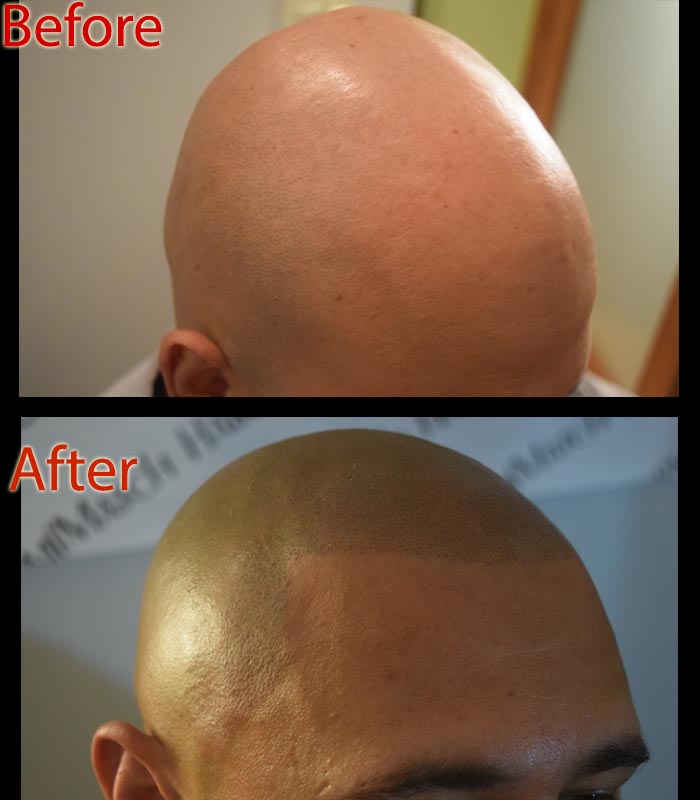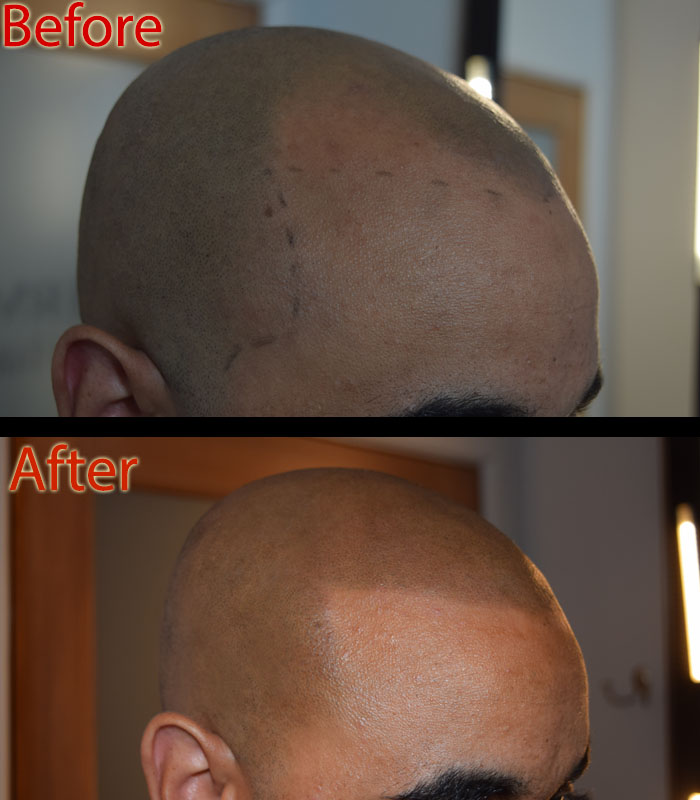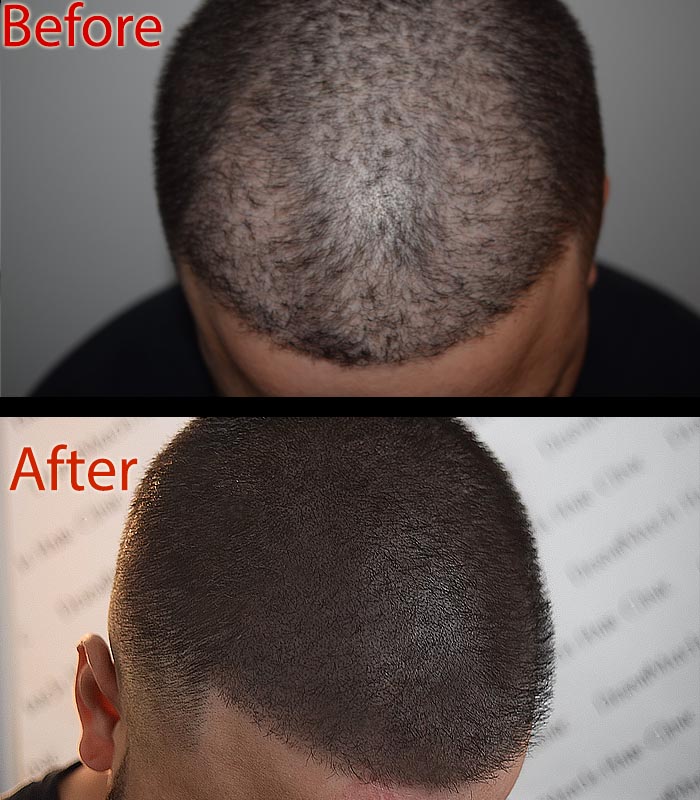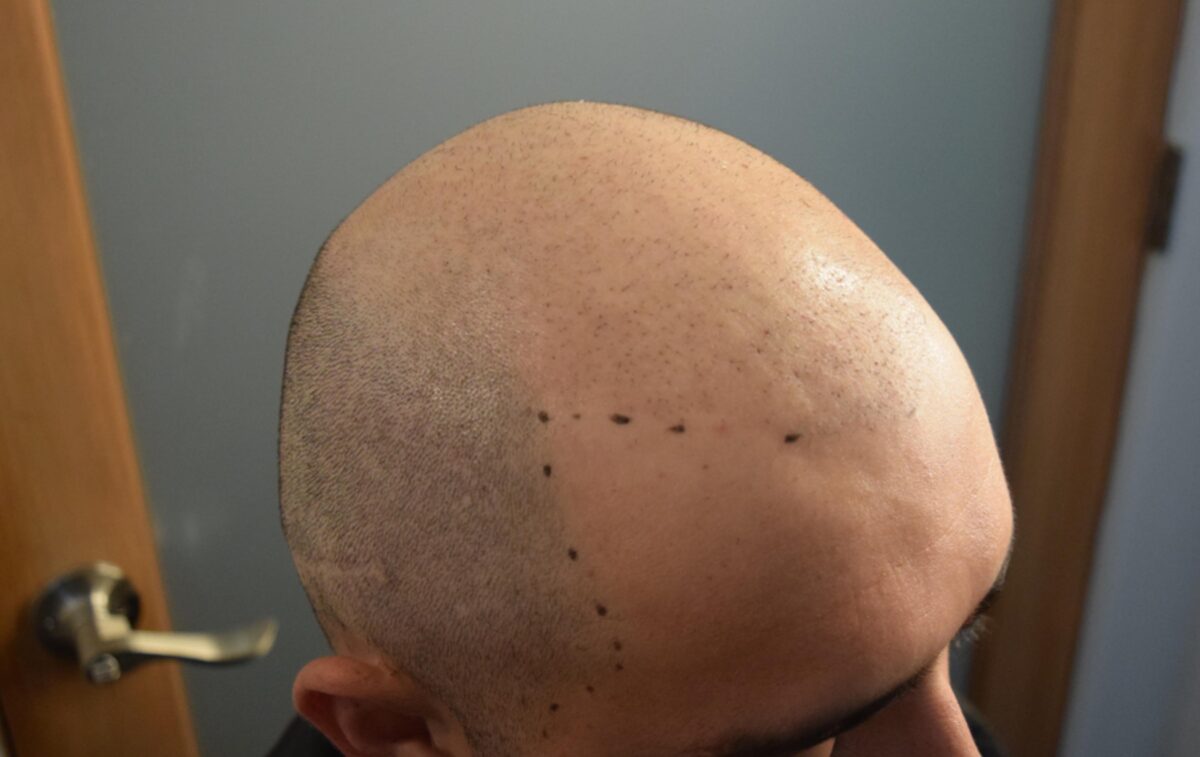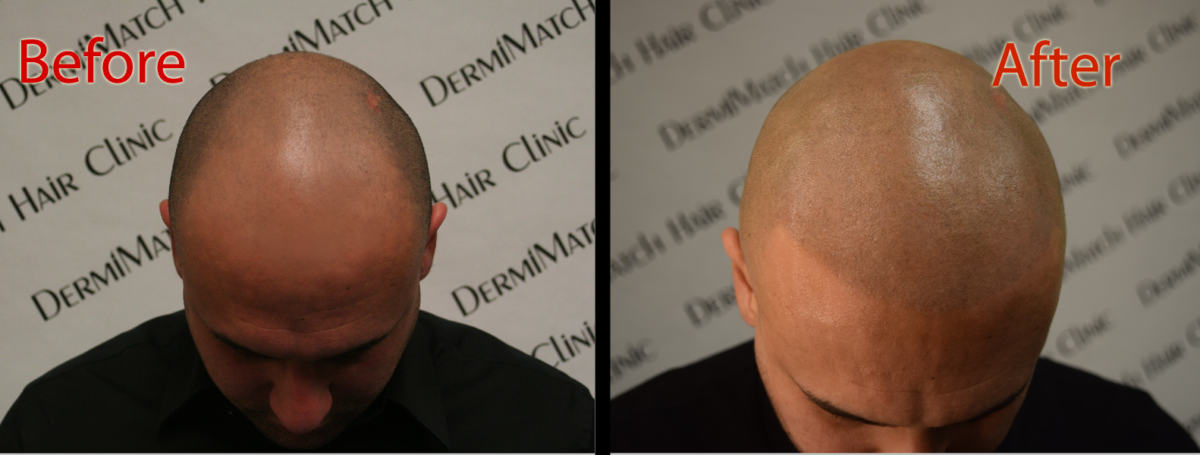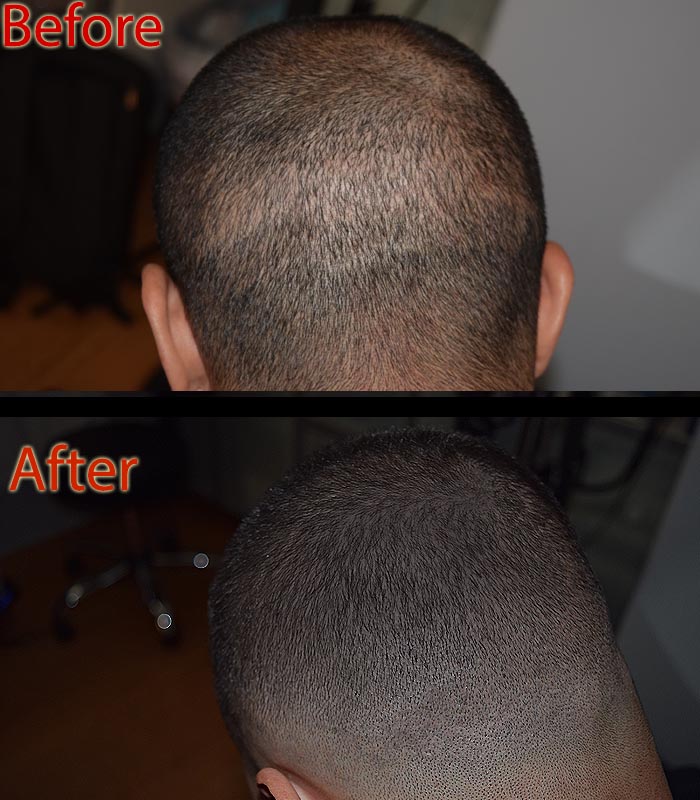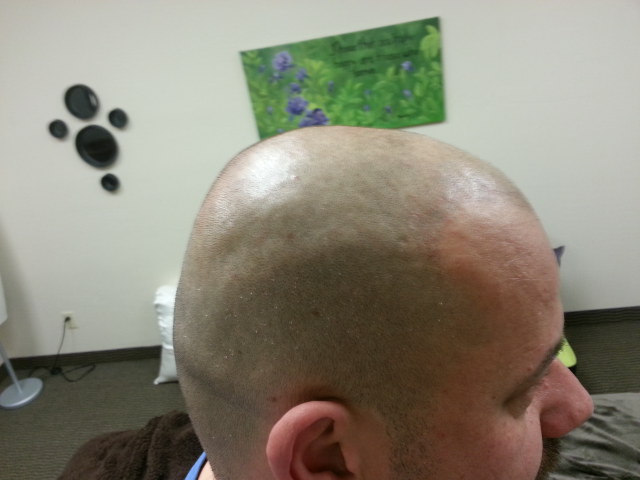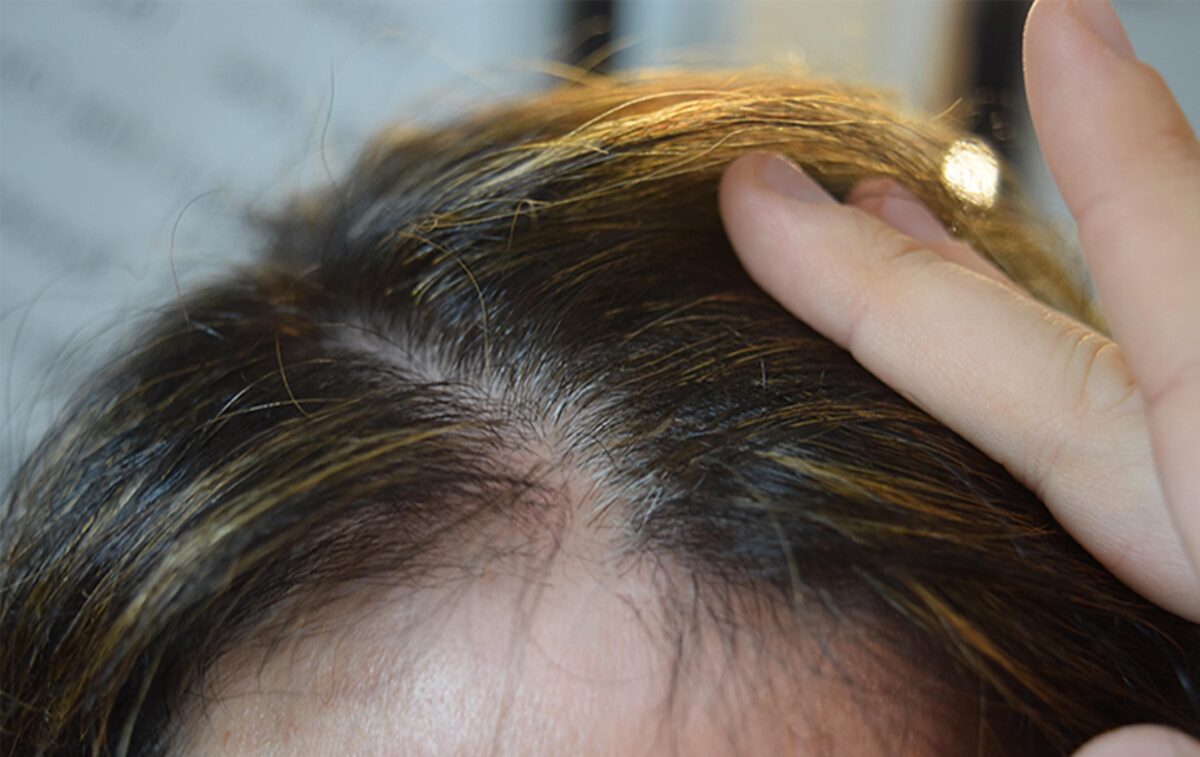Well, in simple words, the smoking and hair loss connection is not direct. But smoking can contribute to an array of conditions that could cause hair loss. this includes constricting blood vessels and slowing down blood circulation. As a result, the cell regeneration rate slows down as well.
The Link Between Smoking and Hair Loss
Now there is no direct connection between both. But as we have stated above, it would be a mistake to overlook the indirect link. Smoking causes blood vessels to shrink, thus reducing blood and nutrient supply to follicles. This is one of the causes of hair loss in smokers as the hair become weak.
How Smoking & Nicotine Affect Scalp
Long-term use of nicotine can cause hair shedding and thinning hair due to a reduction of blood flow to follicles. When follicles do not get an adequate supply of blood and nutrients, they start shrinking. As a result, hair becomes fragile and shed.
Research finds that smoking may cause hair shedding by vasoconstriction. In simple words, when you smoke regularly, DNA adducts are formed that are responsible for free radical damage to the follicle and causing hormonal changes. What’s more, smoking is also linked to raising DHT levels, which further makes you prone to hair loss.
Tobacco smoke produces solid and volatile gas particles, which may trigger hair loss. Nicotine and other metabolites can enter hair cells from vessels present at the base of the follicle. Researchers blame hair loss on the concentration of nicotine in the distal end of the hair as this causes longer exposure to environmental smoke.
Nicotine may cause a rise in androgen-dependent hair thinning. Smoking may result in higher androgen levels in the body, which could further cause an increase in testosterone.
Scalp Micropigmentation is a safe option for those experiencing hair loss and wondering about smoking and hair loss connection. The process involves applying pigments directly onto the scalp to cover thinning hairs. The goal of the treatment is to provide clients with a natural look so they can enjoy their looks without feeling disturbed at the sight of hair loss caused by nicotine-based products.
Will My Hair Grow Back If I Stop Smoking?
Well, you can expect to see less hair loss if yours was primarily blamed on cigarette smoking. So it is a good idea to quit smoking for hair as well as general health. Nicotine-based products do your body extreme harm and are to be blamed for many diseases, including cancer.
Scalp micropigmentation, on the other hand, is a minimally invasive procedure for hair loss and pattern baldness. DermiMatch Clinic offers the best Arizona SMP services for people suffering from any type of hair loss. they are equipped with the knowledge, skills, and tools to provide the best treatment for clients.
You can trust the top Arizona SMP practitioners at the clinic for your scalp micropigmentation job and rest assured that you will walk out with a big smile free from worries about hair thinning, receding hairline, or hair shedding. A few touch-up sessions will help keep your SMP fresh forever. So are you ready to take the first step toward a new you?

